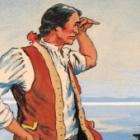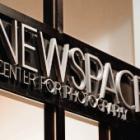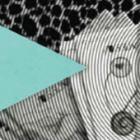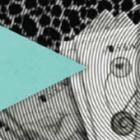
From Immigration Detention to Unfamiliar Territory: Surviving Post-Release
There are over 350 immigration detention facilities in the United States. More than 400,000 people were deported in 2012, often to countries where they have not lived for years, or perhaps have never lived as an adult. A smaller number of people are released from detention in the U.S., but find themselves many miles from home.
What happens to all these people? How can they find shelter, transportation, and other social services after a disruptive and disorienting period of detention? Northwest Immigrant Rights Project (NWIRP) sponsored this project to provide basic information post-deportation to help people stay safe and start over after immigration detention. Our website, www.survivingpostrelease.org, lists resources that organizations can share with people leaving immigration detention.










